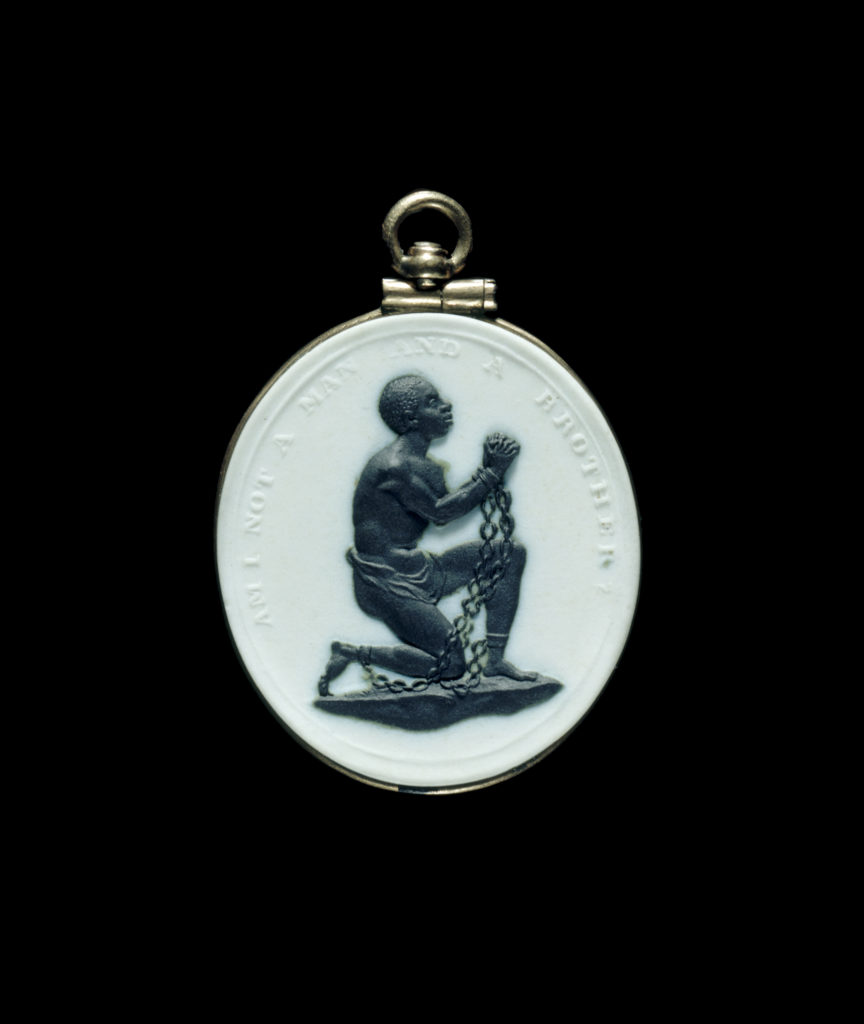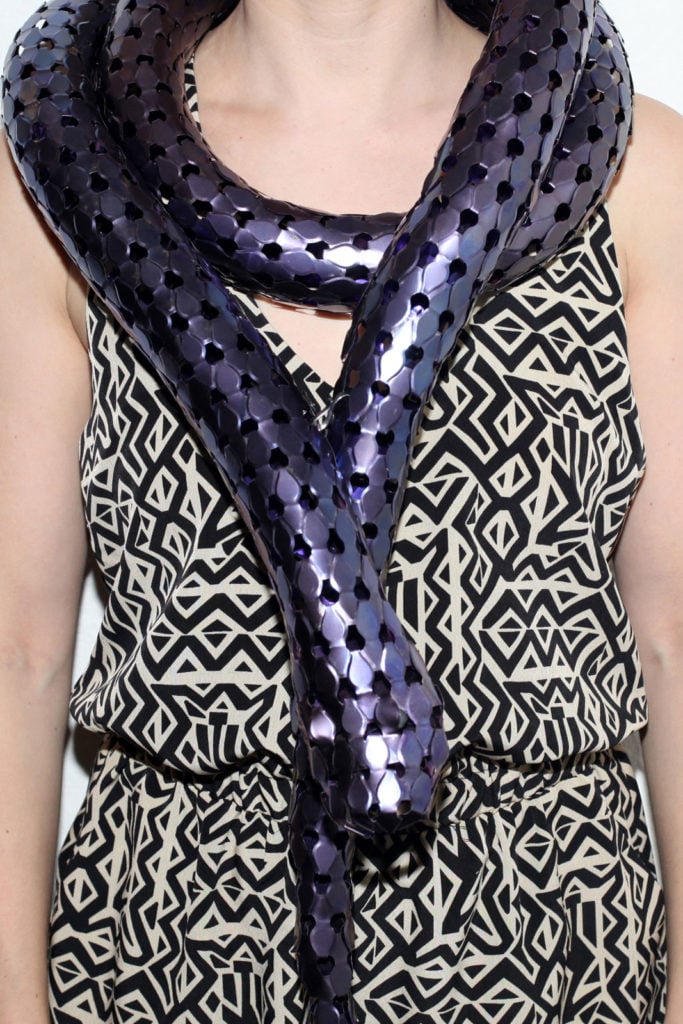On View
4,000 Years of Jewelry Take Center Stage at Museum of Fine Arts Boston
This show goes beyond ornamentation.
This show goes beyond ornamentation.
Sarah Cascone

If one thing has remained consistent throughout the history of jewelry design, it’s the impulse to draw inspiration from previous eras. The Museum of Fine Arts, Boston’s (MFA) new exhibition “Past Is Present: Revival Jewelry” features work created over a span of 4,000 years, from the ancient Egyptians, to the 19th-century revival movement, to the present day.
“In the 19th century it’s this moment where there was increased travel, there was more trade happening, there were international exhibitions happening all over Europe and the United States, and there were museums like the Met and the MFA being founded,” Emily Stoehrer, the museum’s curator of jewelry, told artnet News in a phone conversation. “For many people it was the first time coming into contact with these older objects, and seeing these things that are thousands of years old and the techniques that were used to make them was really interesting to a 19th-century artisan thinking about how they might use that in their own practice.”
Although the jewelry of that period is perhaps most associated with the tradition of revival, it’s a practice “that really predates the 19th century and continues into the 21st century,” according to Stoehrer, who told us the exhibition’s jumping off point was the museum’s “really strong collection of 19th century jewelry, some of which has been in the collection for over 100 years.”

Josiah Wedgwood, Slave-in-Chains medallion
Wedgwood Manufactory (Staffordshire, England),
1786–87, stoneware (Jasperware), basalt, gold. Bequest of Mrs. Richard Baker. Courtesy of the Museum of Fine Arts, Boston.
One earlier example is a mass-produced 18th-century cameo medallion designed by Josiah Wedgwood for the British Society for the Abolition of the Slave Trade. “It’s actually glass, not carved shell,” said Stoehrer, but it draws on the ancient Greek and Roman art. Instead of symbolizing the wearer’s wealth, it sends a message decrying the evils of slavery.
On the other end of the spectrum is a 2011 Peach Brooch cameo, recently acquired by the MFA, by Japanese jeweler Shinji Nakaba. “It’s looking at this ancient technique of carved shell, but the scale and the 3-D way in which it’s been used makes it look really fresh and new,” Stoehrer said.
Another thread through the history of jewelry making is the art of ancient Egypt. “There was certainly this Egyptomania that started with Napoleon’s interest in Egypt in the 19th-century and continued with the construction of the Suez Canal and the finding of King Tut’s tomb,” Stoehrer noted.

David Bielander, Python Necklace (2011). Courtesy of David Bielander via the Swiss Design Awards.
Among a number of loans from Cartier is a scarab belt buckle, set with ancient faience (glazed ceramic) fragments, in addition to gold, platinum, and diamonds.
“Designers were taking these pieces of the past and designing around them to create new and modern ornaments,” Stoehrer explained. Adding some humor into the mix, she’s also included nine-foot-long titanium python necklace from 2011 by contemporary jeweler David Bielander. The National Gallery of Victoria in Melbourne purchased a version for its permanent collection in 2012, showing its lasting allure.
“Past Is Present: Revival Jewelry” is on view at the Museum of Fine Arts, Boston, Rita J. and Stanley H. Kaplan Family Foundation Gallery, 465 Huntington Avenue, Boston, February 14, 2017–August 19, 2018.